A few days ahead of the European Commission’s winter macroeconomic forecast for the EU, it seems timely to paraphrase an old saying: if China sneezes, Europe, and the European economy, will catch a cold. However, things are not always black and white, and this is particularly true of the controversial EU-China and US-China relations. While Beijing’s zero COVID policy has hurt the entire global economy and European investment in China, it is precisely the lockdown and the resulting surplus of LNG gas supply that have allowed Europe to become independent of Russian gas at such a rapid pace.
The succession of crises in recent years, the Trump era, the coronavirus epidemic and the war in Ukraine have had a sobering effect on EU thinking.
The EU must ensure its strategic autonomy unless it wants to become a punching bag and economically vulnerable in the resurgent geopolitical rivalry.
This realisation has now triggered a series of radical changes in the EU, which also affect political and economic relations between Europe and China.
Firstly, while the bilateral element remains an important part of the formula, the EU is increasingly seeking to act as one vis-à-vis China. Two, the German concept of Handel für Wandel (trade for change), which sought to achieve democratic change through the expansion of trade relations, has failed in the case of China. Three: Europe must never again become as dependent on any one state as it is on Russia for oil and gas. This is particularly true in the case of China, where the majority of the rare earth metals needed for the green transition (e.g. batteries) are found. Four: economic and trade relations between the EU and China must be based on reciprocity, eliminating the competitive advantage of Chinese state-subsidised firms in the European market. Five: increased caution should be exercised when Chinese companies invest in strategic European industries, taking into account the potential security risks they pose, as in the case of Chinese 5G. Six: the EU should offer an alternative model to the New Silk Road plan, which is seen as an instrument for China’s global political and economic influence, in order to maintain and increase its geopolitical weight. This is the Global Gateway initiative, whose primary, but not exclusive, focus is the African continent through investments to improve connectivity.
The EU found a formula for responding to all these challenges as early as 2020, identifying China as an economic partner, competitor and strategic rival. But applying the three principles simultaneously is difficult in practice.
Beijing has traditionally taken a dim view of any pro-Taiwan or pro-Hong Kong stance or criticism of human rights abuse, and has retaliated in other areas of cooperation.
The Russian aggression against Ukraine and China’s political and economic support for Moscow have further underlined that from the three principles set out by the EU the most dominant is the strategic rivalry and this will remain so in the coming years as Beijing becomes more assertive.
At the same time, the EU in order to achieve its objectives will have to find a middle-ground between cooperation with China in trade and climate cooperation, and the systemic rivalry. But this will also be influenced by the attitude of a third player, the United States. Alongside the pandemic, the EU has received a decisive push to move towards strategic autonomy four years ago, with Donald Trump. During the previous US administration, many in the EU imagined the relationship between the trio as an equilateral triangle, with the EU keeping equal distance from the US and China. Joe Biden, however, has succeeded in wooing Europe back to his side, bringing it into an international coalition designed to counter China’s power ambitions.
The Americans have always missed the strategic approach in the EU’s China policy. This now seems to be understood on the other side of the Atlantic.
But that does not mean that there are no differences between US and European China policies. The United States sees China as an adversary that could soon break its global hegemony and is therefore doing everything it can to thwart or at least delay this. In the EU, there is no such China-phobia, but there is a desire to curb Beijing’s influence in Europe (17+1 cooperation) and globally.
But that is not the only thing the story’s all about. As part of the geopolitical rivalry, but also beyond it, a new kind of competition is unfolding among the world’s leading economies: which one of them will lead the new industrial revolution on the green transition and which will be the market leader in the new economy? China and the United States – through the US Inflation Reduction Act (IRA), which has attracted a lot of attention in Europe for its discriminatory nature -, but also Japan and India are spending hundreds of billions of dollars to support the green transformation of their industries and the deployment of new clean technologies.
The EU’s response to this challenge was the unveiling of an industrial plan linked to the Green Deal to create new European industrial manufacturing capacity based on clean technologies, with generous tax breaks, relaxed state aid rules and, presumably, a jointly financed European sovereign wealth fund. The EU has already fallen behind its competitors in renewable (solar) and digital technologies once. It does not want to make that mistake again.
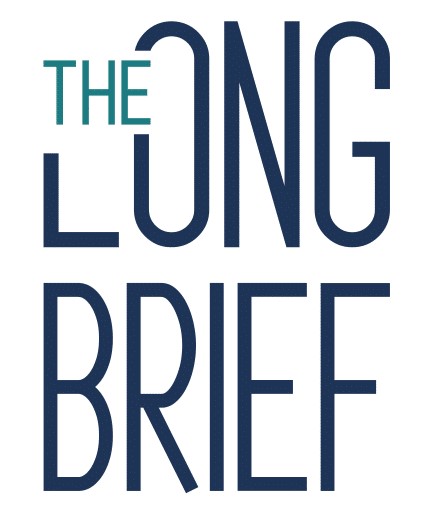
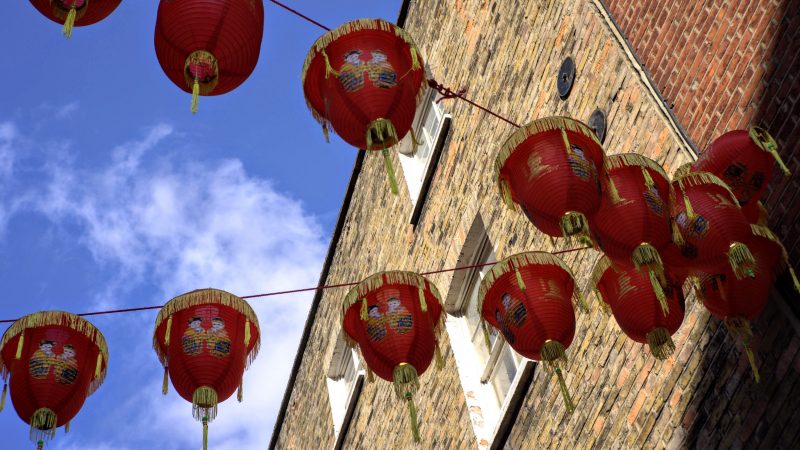
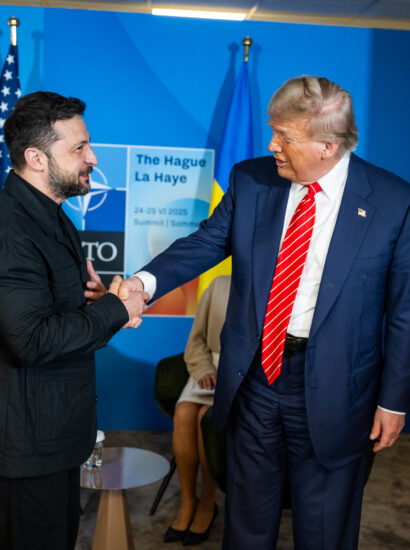

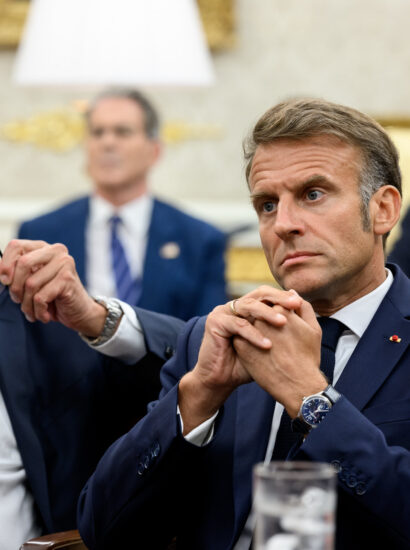
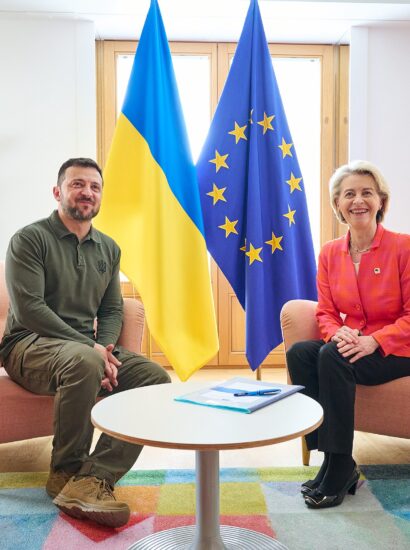
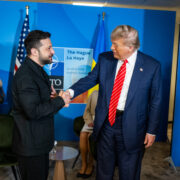

[…] As the example of Ukraine shows, without the United States, the EU would not be able to face the challenges of a new era marked by the return of geopolitical rivalry. […]
[…] That comment gets to the heart of why diplomacy alone cannot reset the U.S.-China relationship. Washington and Beijing are not rivals due to any misunderstanding that can be sorted out through talks alone. Rather, they are rivals because of the opposite reason: They understand each other only too well and have come to the conclusion that their respective world outlooks cannot be reconciled. […]
[…] other states in Southeast Asia, Jakarta adeptly follows a hedging strategy towards competing superpowers. An example of this is when Jokowi met with Xi Jinping in Beijing last October and then welcomed […]
[…] creation of the Kantian idea of a peaceful Europe, today is challenged not only from the outside, but maybe more so from the […]
[…] In 2023, global investment in clean energy reached an estimated $1.8 trillion, although concentrated in a few countries: mainly China, the European Union and the USA. […]
[…] In light of this, Trump has promised a 10 percent tariff on all imports, and new tariffs of 60 percent or more on all goods from China. He considers the EU to be a competitor just like China. […]